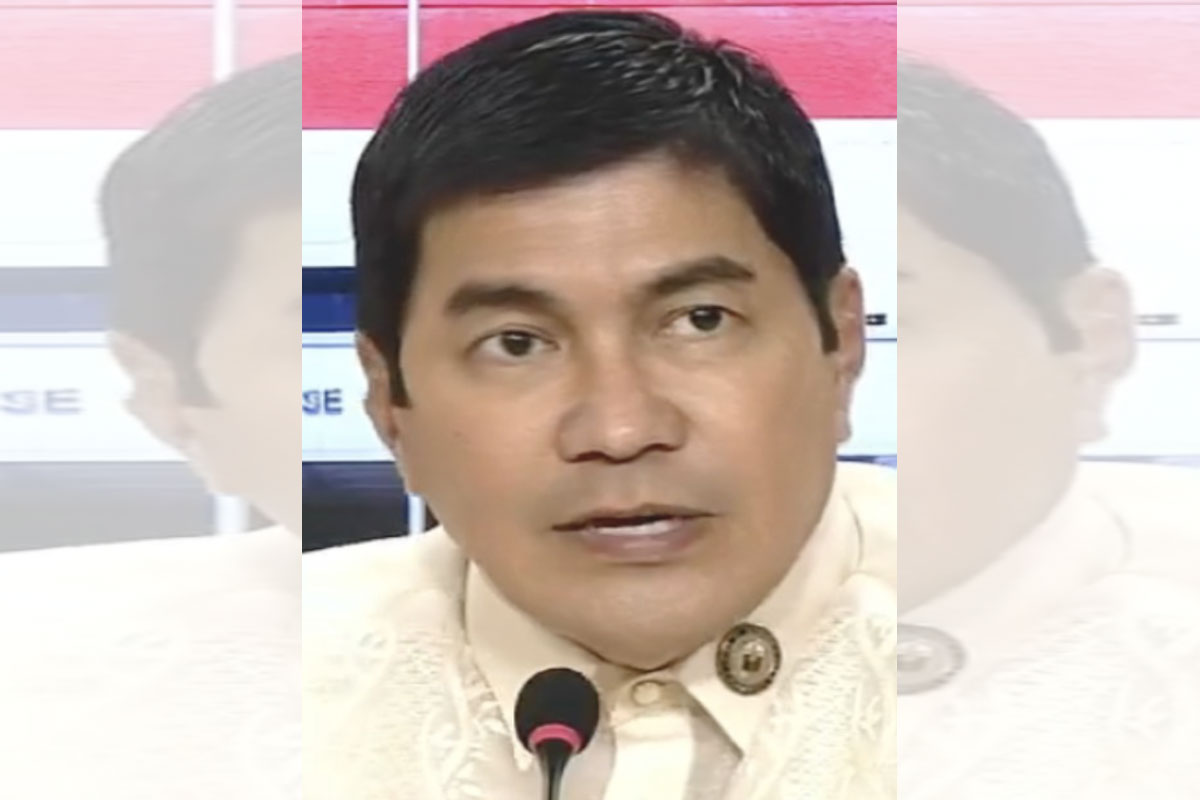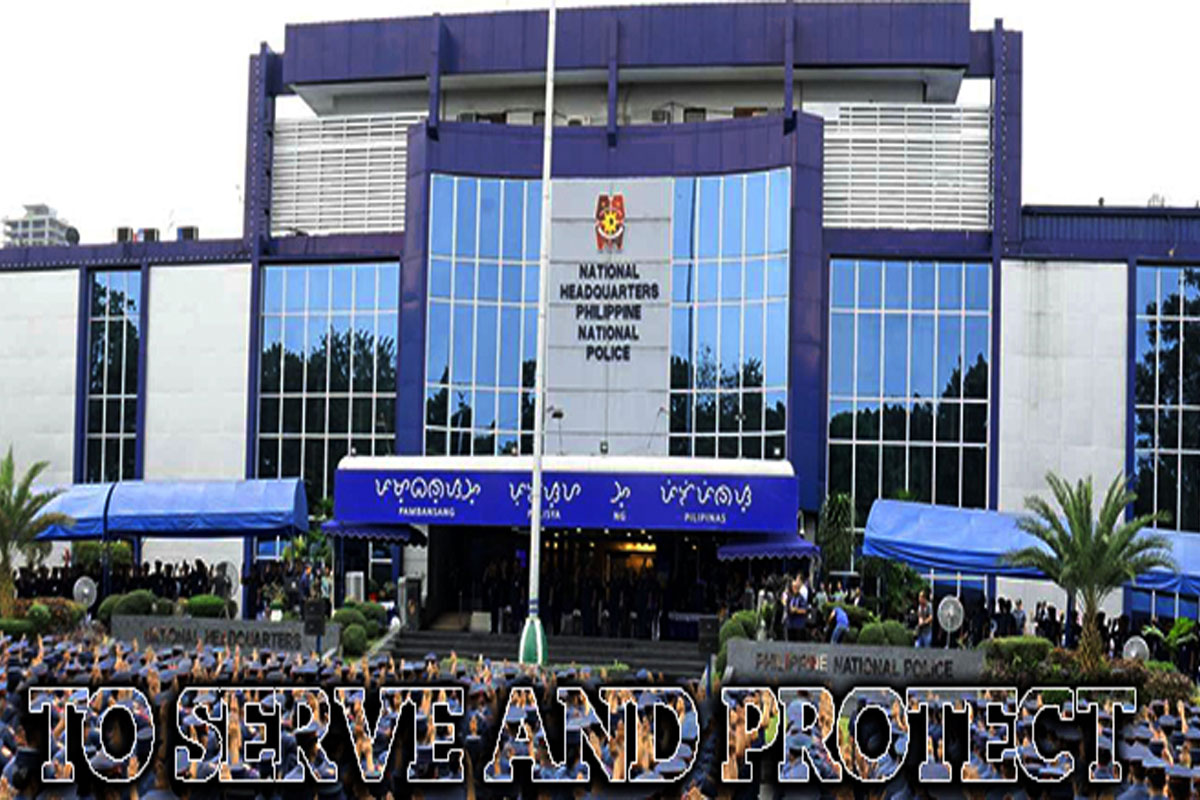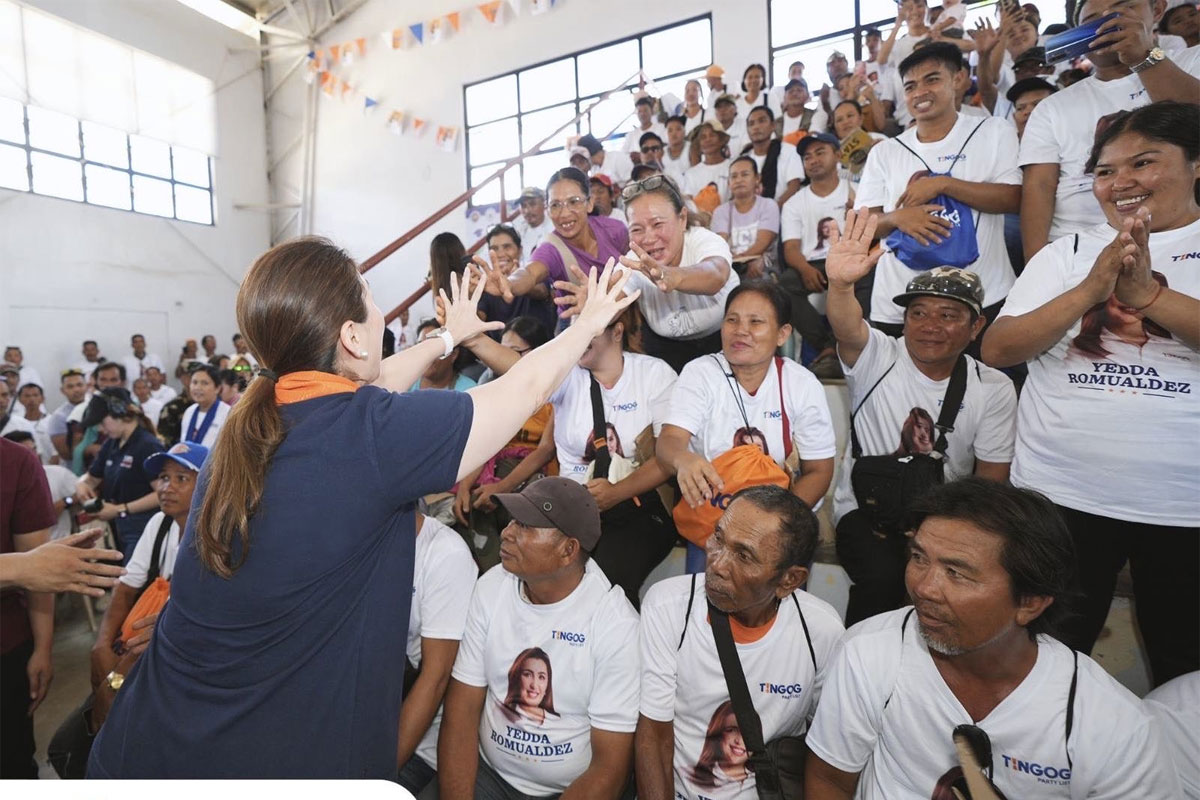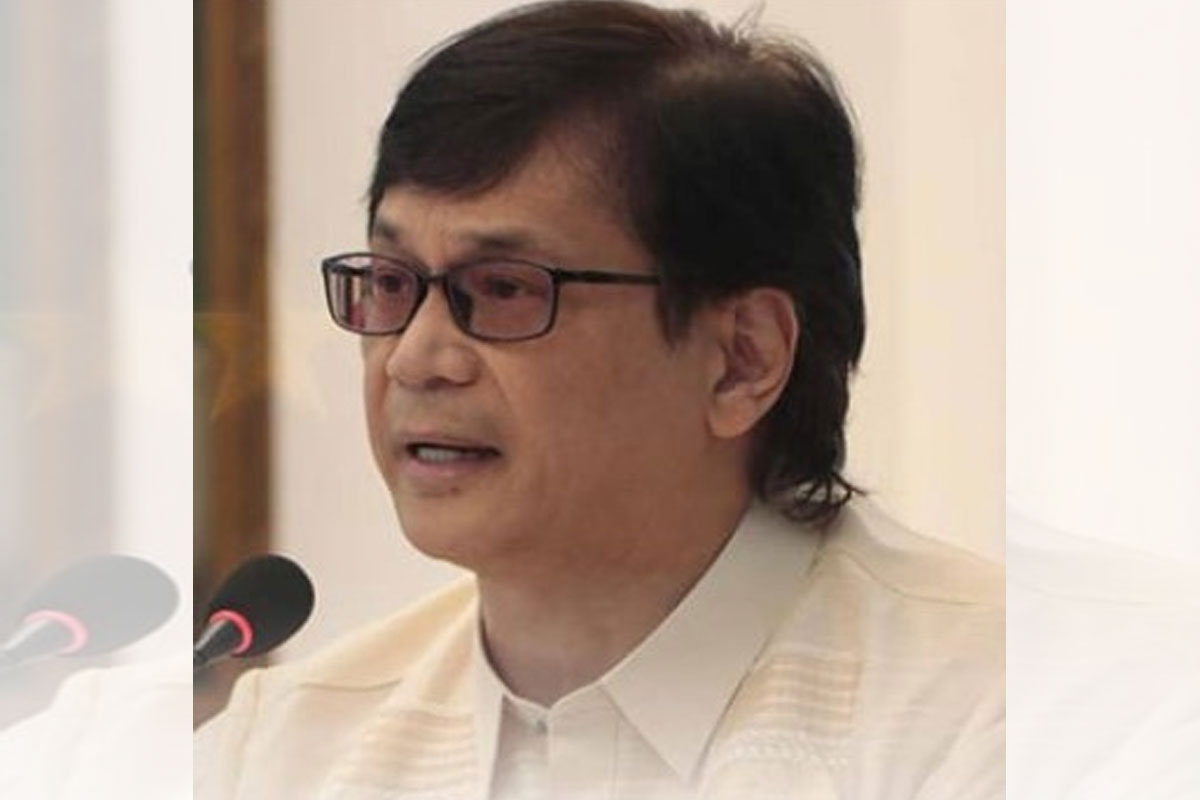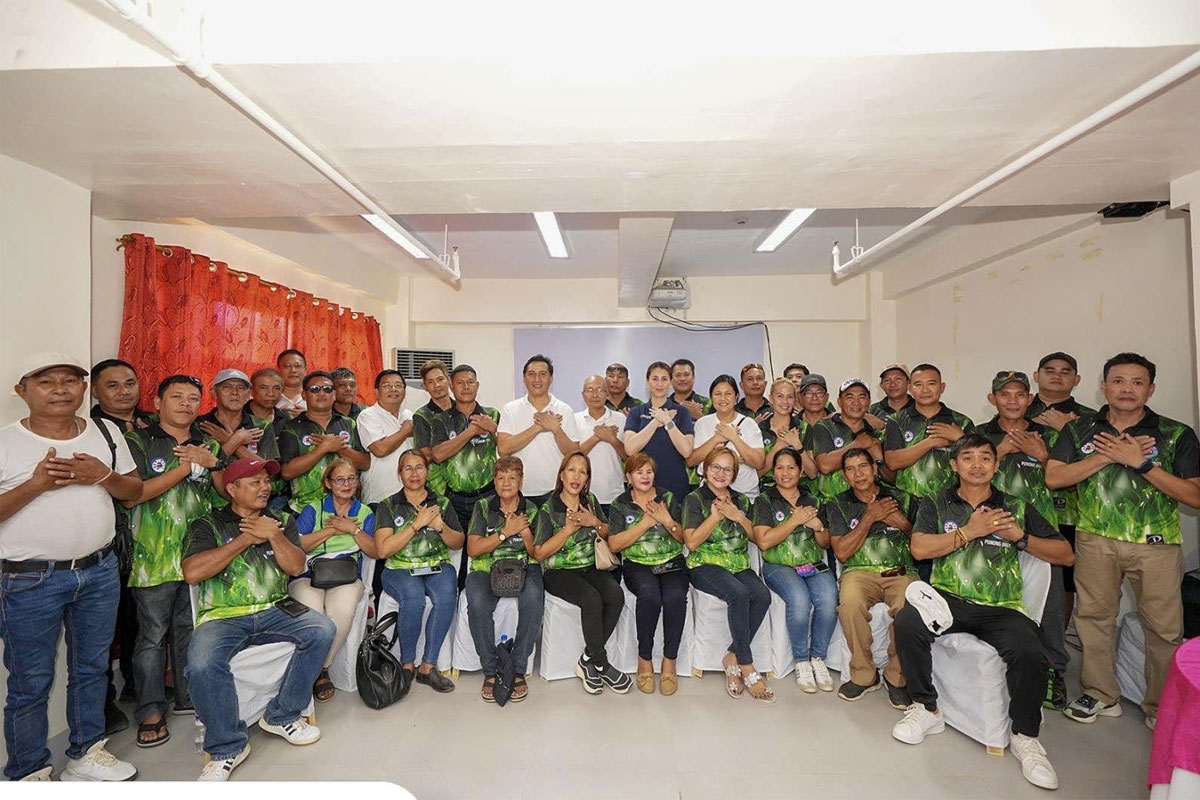
‘Doktor Para sa Bayan’ scholars to reach 3,600
AT least 2,189 new taxpayer-funded free medical education slots will open in the School Year (SY) 2023-2024, raising the number of “Doktor Para sa Bayan” scholars to a “brigade size” 3,600, House Deputy Speaker Ralph Recto said Thursday.
“This is a 150% increase. We are supersizing the number of government scholars taking up medicine,” Recto, lead author of the law creating the program, said.
Medical scholars will study in 16 state universities and 16 private schools in 15 regions.
“Lahat ng rehiyon meron, maliban sa Caraga (Agusan del Norte, Agusan del Sur, Surigao del Norte, Surigao del Sur and Dinagat Islands) at MiMaRoPa (Mindoro, Marinduque, Romblon, and Palawa), pero magkakaroon din doon kung meron nang ma-accredit na medical schools,” Recto said.
The expansion, from the current 1,411 slots, is made possible by a P917 million funding for the Commission on Higher Education (CHED), Recto explained.
Under the 2023 national budget, CHED is given P500 million for the “Medical Scholarship and Return Service Program” and P167 million as “Subsidy for Tuition Fees for Medical Students in State Universities and Colleges (SUCs).”
In addition, a P250 million start-up fund to outfit participating SUCs with equipment and facilities has been included in the CHED budget.
“But this almost P1 billion for CHED is only a part of the equation. The Department of Health (DOH) is also running its own M.D. scholarship program,” Recto said.
The DOH’s “Pre-Service Scholarship Program” covers not only aspiring physicians but other allied health professionals.
Under Republic Act (RA) 11509, the Doktor Para sa Bayan Act, the state will pay for the tuition and other school fees of the scholars.
They will also be entitled to books, supplies, equipment, clothing, dormitory, and transportation allowance.
Insurance, internship, board review, and licensure fees will also be shouldered by the government.
In return for the free education, scholars will “repay the generosity of the Filipino people” by serving in designated communities and facilities after passing the medical board tests.
Recto said, “(This) programmed scaling up of the production of more physicians heeds the lesson of the recent pandemic and a way to future-proof the country.”
Three years ago, when the Philippine population was just 106.9 million, the DOH said the country was already lacking 78,400 doctors if the ratio of ten doctors to 10,000 people is followed.
Producing doctors, though, isn’t just a solution to the current problem but an answer to future ones, he said.
“There is pressure from both ends of the demographic scale,” Recto said.
“On one end is that four babies are born every minute in this land. Six thousand one hundred twenty (6,120) every 24 hours,” Recto said.
The other is the “graying” of the Philippines or the dramatic increase in the senior citizen population.
“Today, seniors account for 8.6 percent of our population. By 2050, their share will be about 16.5 percent, millions who will be needing special care associated with aging,” Recto said.









